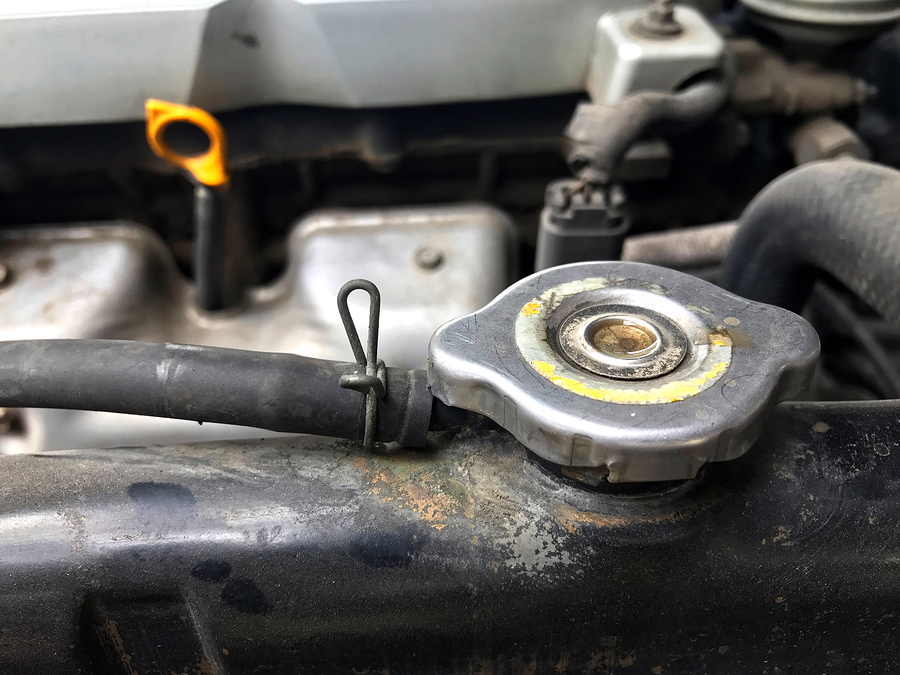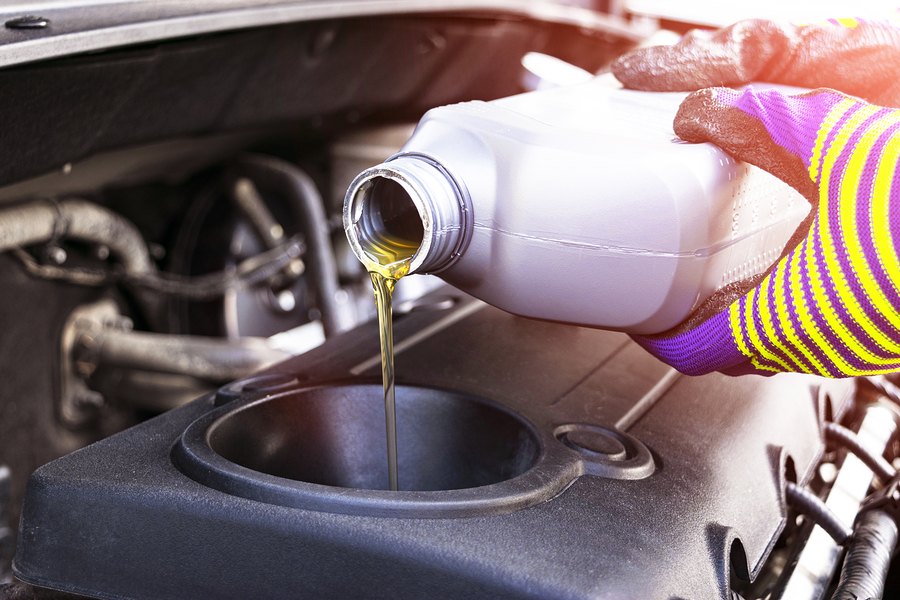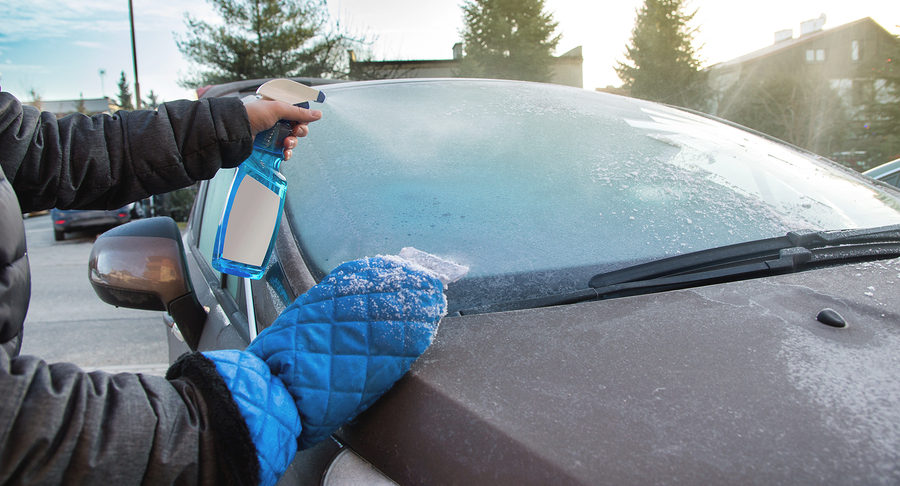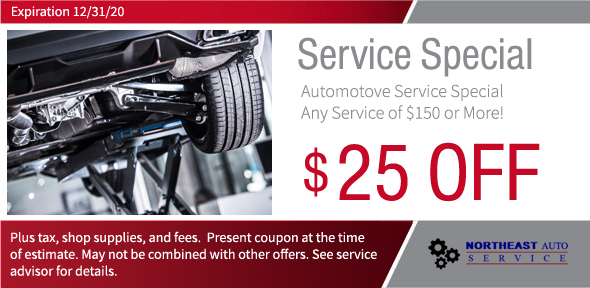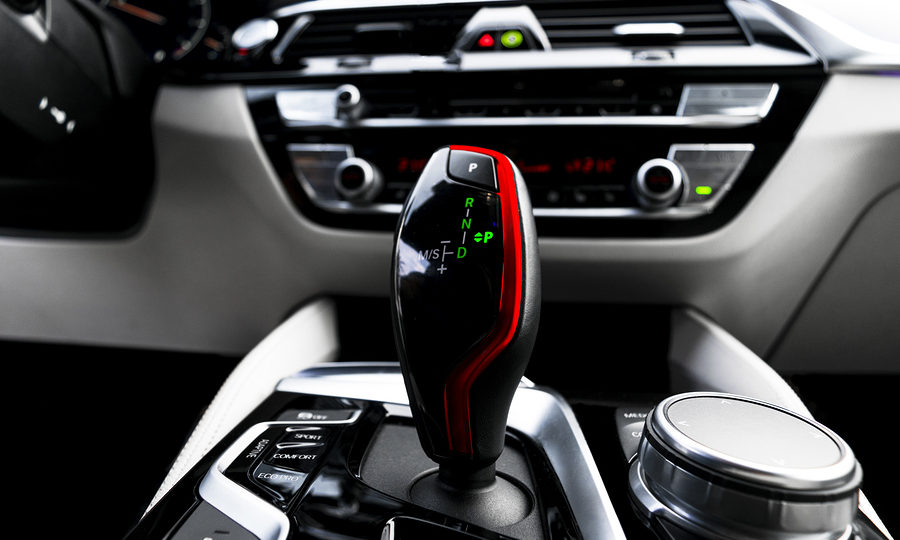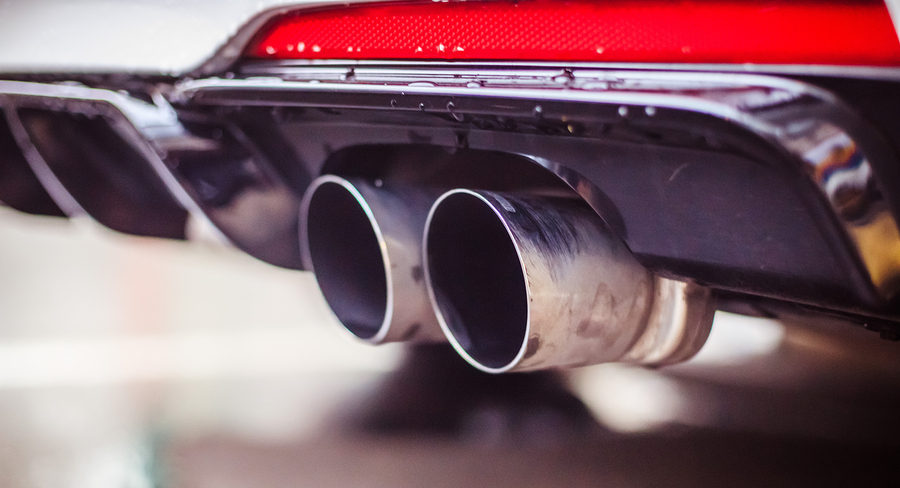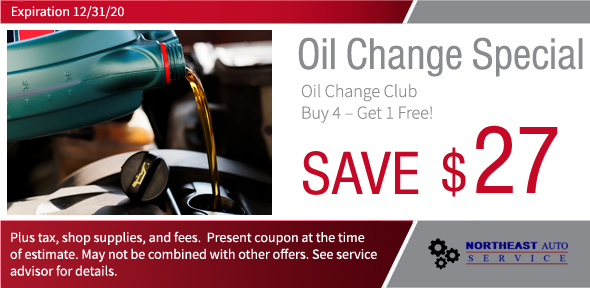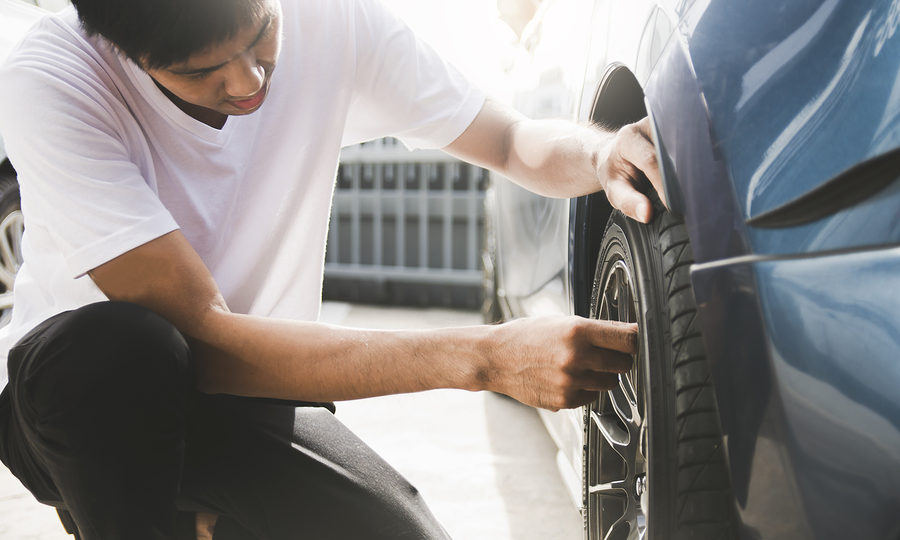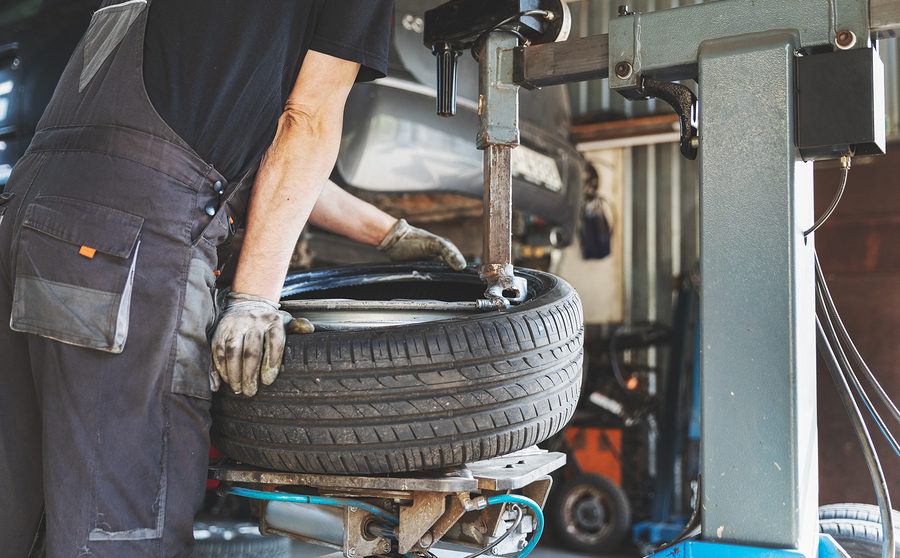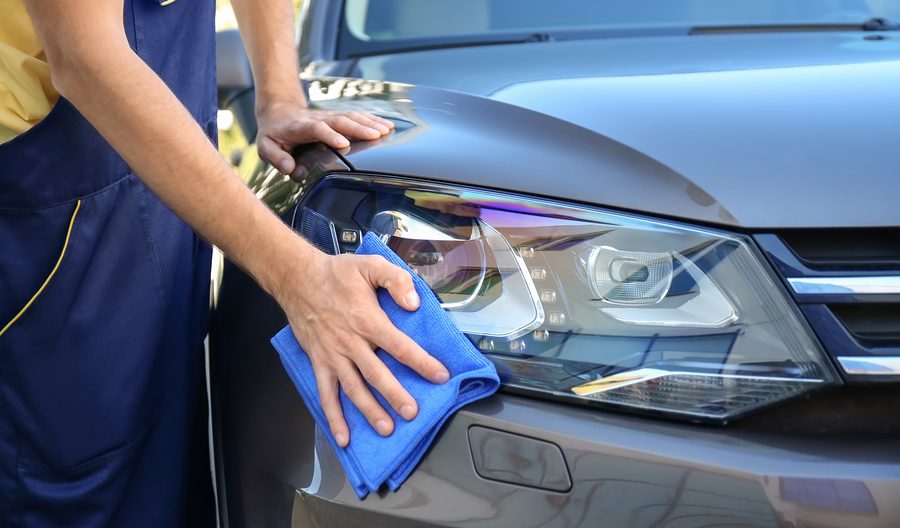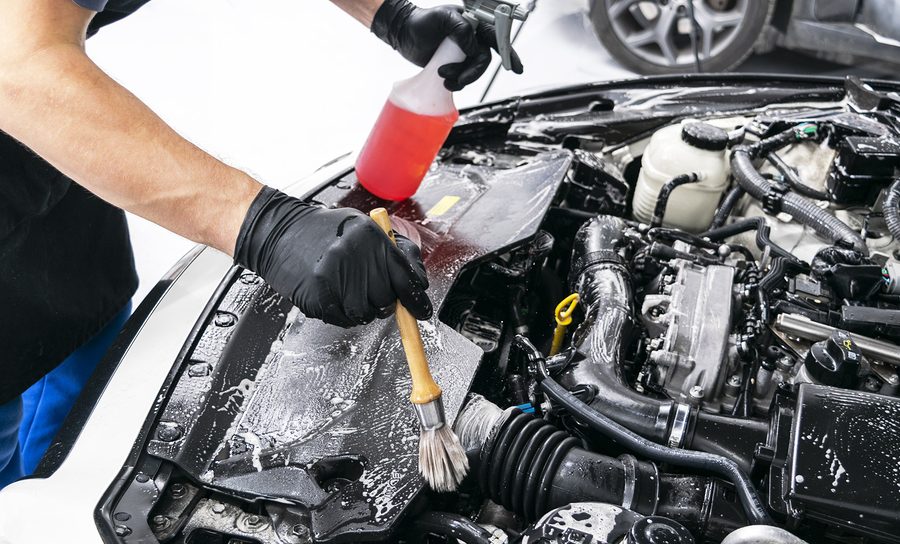When it comes to cutting back and saving money, a great place to start is with your car. Vehicles can be a major expense since they require routine maintenance, regular fuel fill-ups, fluid changes, and basic protection, to ensure performance and reliability. All of these automotive requirements cost money, making car care an important part of investment protection. If you are taking care of your car to the best of your ability, you are already on the right path. However, adding a few more car care tips and tricks to improve your car maintenance acumen can’t hurt!
Continue reading to learn some vital automotive care and maintenance tips that can help you stay safe and save money.

Gas Mileage and Fuel Efficiency
Everyone wants to preserve as much fuel as possible in order to save money on gasoline. Here are the best ways to ensure you are:
☑ Slow down a little when you drive, and avoid revving the gas.
☑ Remove excess items from the trunk to reduce vehicular weight.
☑ Stay current on all factory scheduled maintenance and minor repairs.
☑ Carpool as often as possible.
☑ Use alternative transportation, like bikes, buses, Ubers, and more.
☑ Use the proper fuel grade.
Tire Care
Without proper tire maintenance, you can risk damaging several other areas of your car or truck, as well as, reduce its overall performance value. Three aspects are most important when it comes to the tires on your car or truck: matching the proper tire-type to your particular vehicle, purchasing high-quality tires, and regular tire maintenance. Be sure to regularly check your tire tread. Here in Indiana, the tire tread minimum is 2/32 of an inch for passenger car tires. Use the “penny test” to assess your tire tread. Simply insert a penny into the groove of your tire. If you can see Lincoln’s head, it means the tread is low and it is time to replace your vehicle’s tires.
Windshield Wiper Malfunctions
Although you have your windshield wipers and wiper fluid to rely on, it never hurts to have a backup plan when it comes to rain. One such hack is to use a spray-on rain resistant product. These products are perfectly safe for your car’s windshield, plus they are fairly priced and available at any local convenient store or automotive store. You can also order these products online. We Recommend Rain-X® 2-in-1 Glass Cleaner w/Rain Repellent, available at most department stores.
Car Cleanliness
Believe it or not, keeping your car clean will help it last a lot longer! This includes routine interior cleaning, such as vacuuming, dusting, and sanitizing, as well as, exterior cleaning, including the under body, windows, wheels, bumper, and all other exterior areas. Eliminating dust, dirt, and debris improves a vehicle’s performance, safety, and of course, appeal. For this reason, try to clean your car once every month. In fact, see our recent blog, “How to Wash Your Car Using the Rain” for a fun alternative to the car wash!
Factory Scheduled Car Maintenance
Factory scheduled car maintenance is vital to the overall performance, safety, and longevity of every vehicle. And it also helps with the budget since it prevents costly breakdowns and repairs. Scheduled car maintenance includes routine fluid changes, filter replacements, brake service, tire service, battery service, alignments, and more. Proper auto care reduces toxic emissions and fuel consumption, and supports a safer, more efficient operation. All this is eco-friendly and better for the environment. Check your owners’ manual for your vehicle’s suggested service schedule, and talk to your mechanic about your car’s individual needs.
Regular Inspections and Early Detections
Be sure to have your vehicle inspected regularly by a licensed mechanic. Brakes, lights, and other important components need regular inspection and service to ensure driving safety and efficiency. To determine how often your vehicle needs serviced, refer to your car’s manual, or ask a licensed auto mechanic in your area. See our blog, “Where Can I Find My Car’s Service Maintenance Schedule?” for help.
Indianapolis Automotive Maintenance and Repair at an Affordable Price
Call Northeast Auto Service at 317-475-1846 for professional automotive maintenance and repair in Indianapolis, Indiana. We’re ASE certified car mechanics who provide a wide range of auto repairs and maintenance for both foreign and domestic vehicles, including transmission repairs, fuel system repairs, and general automotive maintenance services. We also provide several amenities, such as free written estimates, flexible drop off and pickup hours, and more.


